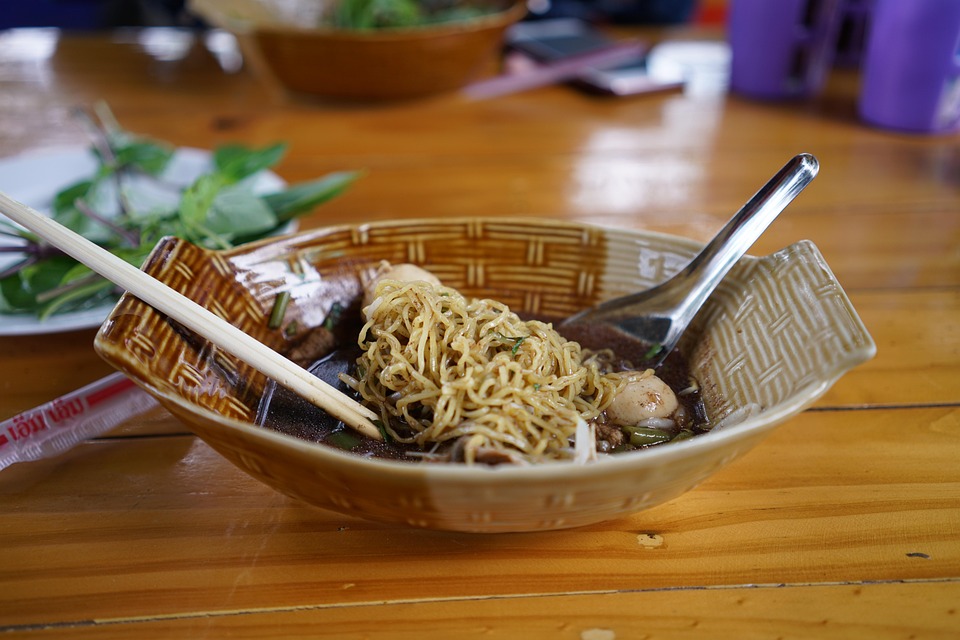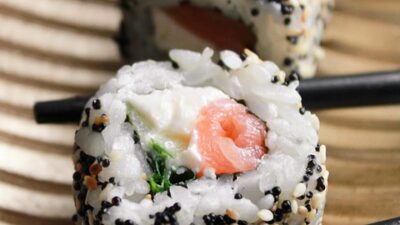Thai cuisine is a vibrant tapestry woven from a rich history of cultural influences, regional diversity, and an emphasis on harmony and balance in flavors. What began as humble street food has metamorphosed into exquisite fine dining dishes that captivate palates around the world. This evolution reflects not just the culinary artistry of Thailand but also the globalization of food culture, adapting traditional recipes to suit modern tastes.
The Roots of Thai Street Food
Thai street food is a reflection of the country’s bustling markets and vibrant street life, where vendors hawk their wares from portable kitchens and carts. Each dish tells a story of the region it comes from, featuring local ingredients such as rice, seafood, herbs, and spices. Iconic street food staples include Pad Thai, Som Tum (spicy green papaya salad), and Gaeng Keow Wan (green curry), all varying in preparation and presentation depending on the cook and locality.
Street food is not merely convenience food; it embodies community, culture, and tradition. Families often gather around these stalls, contributing to a communal dining experience that is quintessentially Thai. It gives visitors a genuine taste of the nation’s culinary heritage, accessible and flavorful, encapsulating the philosophy of “savoring life through food.”
The Globalization of Thai Food
As Thai cuisine gained international recognition in the late 20th century, chefs started exporting their culinary philosophy and techniques far beyond the borders of Thailand. The rise of Thai restaurants across the globe introduced authentic dishes while also prompting innovation and adaptation. Chefs abroad began to merge Thai flavors with local ingredients and cooking styles, leading to a new wave of fusion cuisine.
Prominent figures in Thai gastronomy, such as Chef David Thompson and Chef McDang, have played pivotal roles in bridging the gap between traditional street food and elevated dining. They meticulously research and revive ancient recipes, transforming them into sophisticated culinary presentations that maintain their original essence while appealing to a fine dining audience.
Transitioning to Fine Dining
The transition from street food to fine dining does not strip dishes of their identity; rather, it enhances them. Fine dining establishments like Nahm and Raan Jay Fai epitomize this evolution, showcasing the complexity of Thai flavors through meticulous techniques and upscale presentations. For example, Jay Fai, the Michelin-starred street food chef renowned for her crab omelet, exemplifies how traditional methods and ingredients can achieve extraordinary outcomes in a refined environment.
In fine dining, presentation becomes as crucial as flavor. Dishes are carefully plated, using vibrant colors and intricate arrangements that reflect the beautiful chaos often found in the bustling streets of Thailand. This attention to detail enhances the dining experience, inviting patrons to indulge not only in taste but in the visual artistry of each meal.
The Fusion of Tradition and Innovation
Today, Thai gastronomy is characterized by its interplay of tradition and modernity. Chefs are crafting dishes that pay homage to their roots while also reimagining them for contemporary tastes. This innovative spirit embraces both organic, locally-sourced ingredients and the rich, heady spices that define Thai cooking.
The continued popularity of Thai cuisine worldwide is a testament to its adaptability. As culinary borders blur, Thai food finds new expressions, from vegan reinterpretations of classic dishes to the incorporation of molecular gastronomy techniques. This fusion invites a wider audience to appreciate the dynamic nature of Thai food, making it relevant in modern culinary conversations.
Conclusion
The evolution of Thai gastronomy from street food to fine dining is a remarkable testament to the resilience and richness of its culinary heritage. Each bite tells a story of cultural exchange, innovation, and tradition—a delicious representation of Thailand’s soul. Whether enjoyed from the back of a street cart or in a chic fine dining restaurant, Thai food remains a celebration of flavor, community, and the beauty of sharing a meal.
As the world continues to explore and embrace the complexity of Thai cuisine, it remains clear that this gastronomic journey is far from over; it is a continuously evolving tapestry that invites everyone to partake in its delicious narrative.



